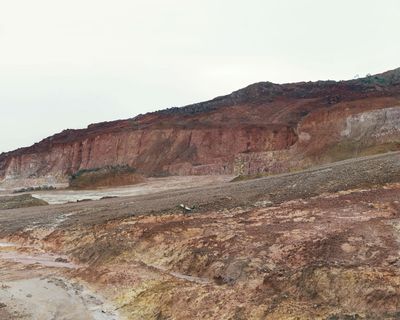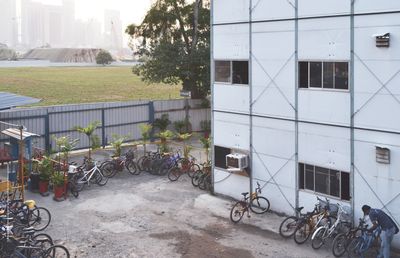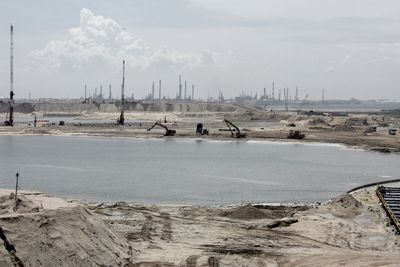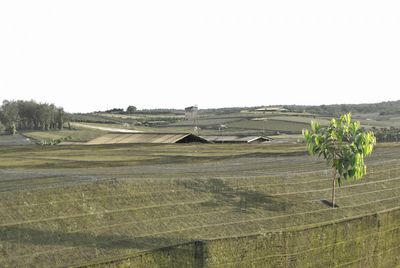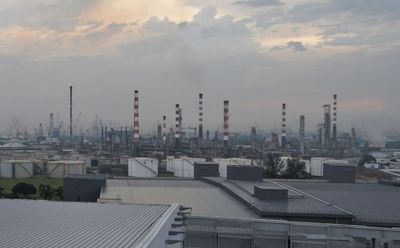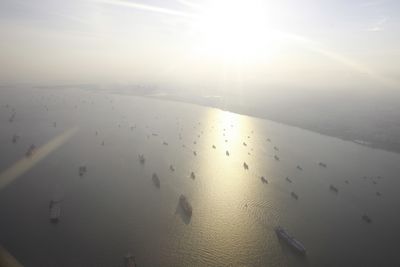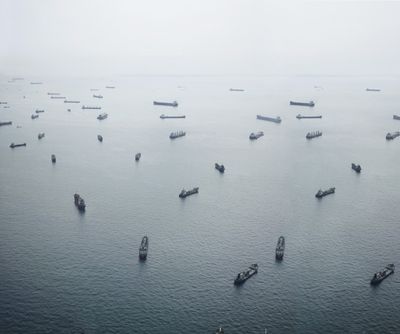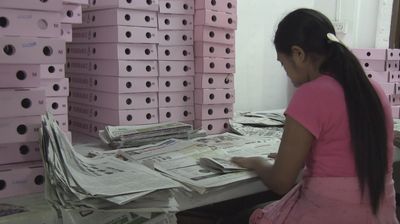Hinterland (2/2)
Resources
After its independence in the early 1960s, it looked like Singapore had low chances of survival because of its lack of natural hinterland and material resources. But today, on the surface at least, the city appears to defy limitations. Owing to its open economy and function as an entrepôt, vital resources including labour, energy and food are being supplied from the outside. No doubt, Singapore’s greatly controlled and technologically oriented urban model represents a specific answer to its restricted context.
Looking further, across the city-state’s borders, it is apparent that Singapore’s economy uses land and labour far beyond its territorial limits. Its strategic hinterlands (agriculture zones, water sources, sand quarries, etc) are found anywhere from the neighbouring areas of Malaysia and Indonesia, to sites in Cambodia, China and the Middle East.
During the ETH autumn semester 2012, the hinterland was described through the thematic lens of resources. The origin, the flows, ‘the map’ and other territorial dimensions of the five key resources for Singapore – sand, water, food, energy and human labour – were the focus of the study. The investigations have shown the manner in which each resource is increasingly sought by the city-state in a geopolitical frame in the ASEAN countries and beyond.
PROCESS AND RESULT
During 2012, the project on the hinterlands evolves in two stages. After the investigation into Singapore region’s productive territories during the spring term, in the fall we will look at the same region from the perspective of resources. The work will be brought together into a common book.
Thesis Elective Video (Mobility Course / Mobilitätsfach)
IMAGES OF TERRITORY
How to see, describe and even construct an urban space through moving images? Looking trough the camera lens and sampling what we see into a video reportage, we will explore Singapore’s fragmented borderlands. At the same time, the explorations will lead to questions on the cultural aesthetics and the hidden ideologies of images. The video work is closely tied to the territory; a moving image and a plan or a map, are considered as complementary ways of seeing urban space. The work will be developed in collaboration with invited filmmakers from Singapore.
